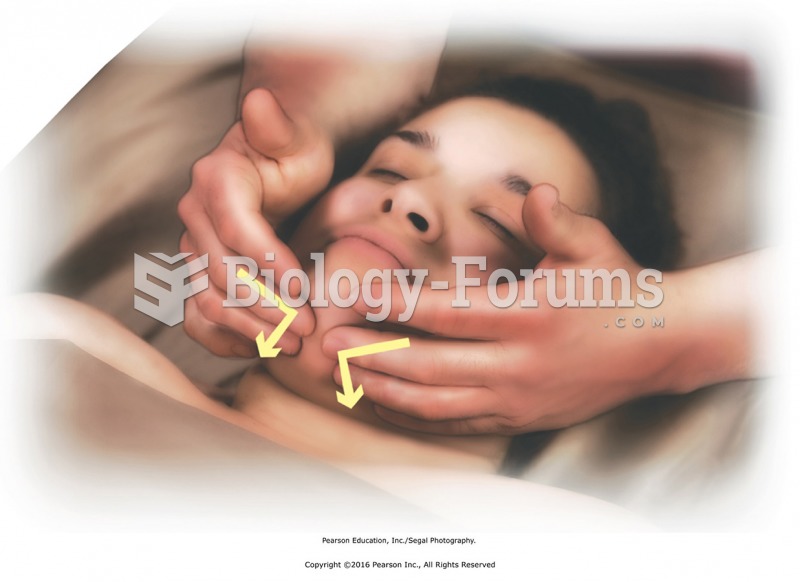Answer 1
Answer: The nontypical American college student would probably have been interested in those artists and philosophers who questioned the prevailing conformity in American society, such as J.D. Salinger, Jack Kerouac, and Allen Ginsberg. He or she would probably have grooved to Elvis Presley's music and been interested in the art of Jackson Pollock and the New York school.
Answer 2
Answer: After World War II, traditional gender roles were affirmed. Women faced tremendous pressure to conform but entered the workforce at higher rates than the prewar period. The media and authority figures, such as Dr. Spock, reinforced the stereotypes. More professions were available but only in those that reinforced women's traditional roles. African American women improved their wages and professional options.
Answer 3
Answer: Transistors brought in new gadgets and appliances with television the main purchase. More staple appliances were purchased, as well as less essential items such as electric pencil sharpeners. Credit cards and installment plans encouraged buying.
Answer 4
Answer: The population grew dramatically as a baby boom developed. War industries prompted many people to move west. White middle-class Americans moved into the suburbs. Levitt's mass production housing and government-insured mortgages fueled housing booms. Shopping centers catered to suburban customers.
Answer 5
Answer: Immediate postwar adjustment was hostile with more strikes in 1946 than ever before in U.S. history. By the late 1940s, an accommodation was reached, ending bitter acknowledged management prerogatives. Material concessions were gained but with the loss of worker autonomy and control.
Answer 6
Answer: The typical white-collar worker would be salaried rather than paid by the hour and would be among the majority of workers. There would be a general conformity among workers with stress on teamwork rather than individuality. They would have more children and better health care. Many would move west and probably live in the suburbs in standardized housing, while doing much of their purchasing at shopping malls.






